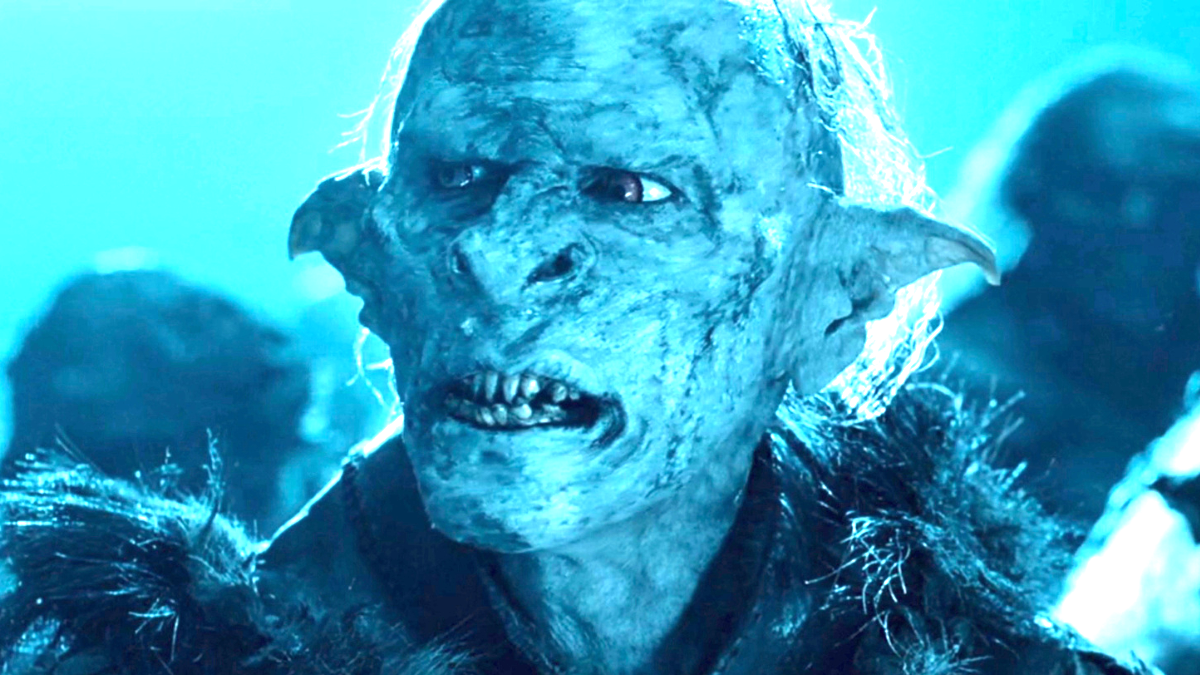
Advertisement
What is the optimal recipe for fashioning an orc? A dash of elf, a liberal infusion of dark magic, and perhaps a hint of repulsiveness that could make you envision a mixture involving copious amounts of mud. However, the iconic orcs of J.R.R. Tolkien’s legendary Middle-earth narrative, The Lord of the Rings, are not concocted in a mystical cauldron or cultivated from the earth. They are, in essence, as tangible and corporeal as the other races inhabiting Middle-earth, despite their notorious history of conflict spanning millennia. Yet, owing to generations steeped in corruption and subterranean darkness, the proximity of mud and dirt is an ever-present aspect of their existence.
Tolkien ingeniously amalgamated various fantasy creatures from folklore and mythology to create the formidable foot soldiers of Mordor. In his letters, he elucidated that orcs originated from diverse sources, with their savage designation translating to “demon” in Old English. The extensive lore surrounding them is intricately woven into the verses comprising the epic tome, The Silmarillion.
When Peter Jackson translated Tolkien’s orcs onto the silver screen in his immensely popular film adaptations, he infused them with vibrancy, individuality, and a palpable menace. Despite representing the weaker faction of evil, the strength of orcs lies in their sheer numbers. The resurgence of the dark lord Sauron in the Third Age of Middle-earth, as chronicled in The Lord of the Rings, underscores their strategic significance. As Sauron amasses an unprecedented army to execute his malevolent will, the rapid and robust reproduction of orcs becomes a crucial asset.
Contrary to the notion that orcs are molded from mud, Tolkien’s elaborate backstory reveals a different genesis—they are incubated in it. The initial orcs were fallen elves, twisted and tormented into these monstrous forms. During the dark forces’ campaign to conquer Middle-earth, their numbers burgeoned in subterranean chambers, distant from the mountains inhabited by men, elves, and dwarves. Although often perceived as a minor nuisance individually, their amalgamation into a colossal, mobile force transforms them into a formidable threat.
The film adaptation further amplifies the menace, particularly in the depiction of Saruman the White’s creation of the Uruk-hai in the depths of Isengard. These towering orcs, more ferocious and potent than their counterparts, evoke fear among their kin. The connection between orcs and the subterranean is vividly portrayed in Saruman’s tour of the mines of Isengard, revealing massive forges where weaponry is forged for the burgeoning armies. Adjacent to this, the delivery of fully-sized orc infants, scooped from the mud, highlights their rapid readiness for battle.
While Peter Jackson expanded upon Tolkien’s narrative to intensify the peril faced by the Fellowship, the cinematic focus on characters like Lurtz, the Uruk-hai, is rooted in Tolkien’s vivid descriptions of orcs burrowing through the mud akin to maggots.
In The Lord of the Rings, Uruk-hai refers to the monstrous warriors bred in Isengard. Although initially created by Sauron in Mordor according to Tolkien’s extensive history, in The Fellowship of the Ring, they are presented as Saruman’s creation. Gandalf the Gray hints at Saruman breeding Uruks possessing traits of both orcs and goblin men, with their diet playing a crucial role in their development. While lesser orcs survive on scraps, the giant Uruks are nourished with human meat to fuel their aggression and power.
The Return of the King introduces even darker and rougher Uruks, potentially the Black Uruks from the novels, hinting at Sauron’s efforts in creating superior orcs. The speculation surrounding their origin as products of dark arts or man-orc hybrids remains unconfirmed. Yet, the depiction of their emergence from buried sac membranes alludes to the rich tapestry of world myths and religions interwoven into Tolkien’s fantasy epic.
Tolkien’s inspiration for the creation of orcs in The Lord of the Rings draws from diverse mythological sources. The biblical narrative of God forming Adam from mud resonates with the Māori belief that the forest god Tāne Mahuta shaped the first woman from clay. Greek mythology and Egyptian mythology similarly feature gods sculpting humans from earth and water or clay. Jewish folklore introduces animated golems crafted from mud, while Hindu mythology describes Ganesha, the remover of obstacles, shaped from clay. This theme of miraculous birth from the earth is a universal narrative shared across different cultures—a peculiar parallelism even found in the origin story of Wonder Woman, who, too, was sculpted from clay. Despite the horror associated with the emergence of these creatures, there’s an uncanny familiarity in the idea of foot soldiers of the dark side of Middle-earth springing forth from the elemental substance of mud.
